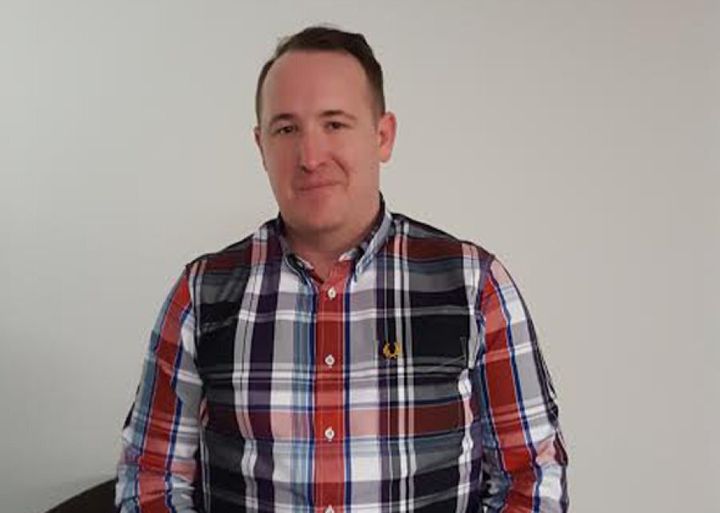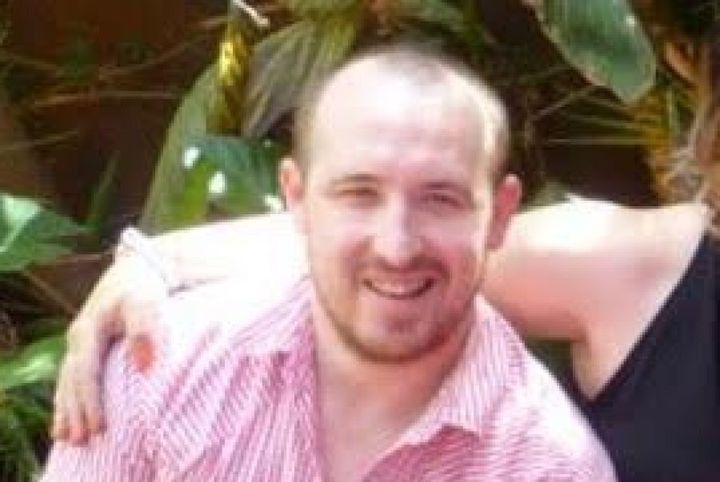Two years ago, Melbourne man Jarrod was aged in his early 30s. From a middle class background, he had been privately educated, achieved a university degree, married and had a daughter. He was an IT executive and worked long hours, but had plenty of friends to spend time with on the weekends.
He was also an ice addict.
Sitting at a rehab facility in Sydney, Jarrod is now two years clean. It has been a difficult journey through detox, rehab, a marriage breakdown, loss of his profession and what he calls a "wholesale" shift in how he views his life, to get to this point.

He is telling his story in order to contradict the prevailing idea of a methamphetamine addict -- someone with open sores on their face, wrapped up in a psychosis-fuelled violent rampage, huddled in a squat and doing anything to score.
His story is that of the white collar ice addict.
"I was an IT consultant, I was very well paid. I would do seven, eight days at a trot, no sleep, very little food. And as a contractor I was being paid by the hour, so it allowed me to do a lot of work," he said.
"I see a lot in the media these days saying who an ice addict is. For me, and for most of the ice addicts I know, it just doesn't ring true."
Jarrod never lost his dwelling or his car. It was only towards the end of his addiction that he lost his job and he was still able to afford the approximately $15,000-a-month habit.
His family didn't even know. They had put his mood swings down to a recurrence of the depression he had experienced in his 20s.

There isn't a lot of research on ice addiction and socio-economic grouping. Anecdotal evidence shows there is a wave of new users who may have been driven away from cocaine due to the rising cost -- shift workers in mining and heavy industries that need to stay alert and professionals needing to work long days.
It is so common that ice is thought to be the second most used illicit drug after cannabis, with an estimated 200,000 regular users in Australia.
The National Ice Taskforce final report, handed down last year, suggested while the drug did not discriminate by wealth, those poorer addicts were likely to have worse health outcomes.
Socioeconomic status does not necessarily predict harmful drug use behaviour; however, there is sufficient evidence to suggest that it does contribute to the level of harm experienced.
This is consistent with a significant body of evidence that, for nearly all health conditions, the level of harm experienced as a result of that condition increases for lower socioeconomic groups.
Launched last year, The Federal Government's 'Ice Destroys Lives' campaign took a 'shock and awe' approach to warn young people off picking up the drug. The ads showed violent users being arrested by police; sons knocking their pleading mothers to the ground; bosses confronting twitching, sweaty employees at their desks.
At the time of the campaign launch, experts warned it showed drug addiction from a criminal justice perspective rather than as a health issue. Others suggested the one-month run of the campaign wasn't long enough to gain traction among the public. And more -- that the blitz tactic was ineffective because people knew the dangers of ice, and a more nuanced approach should have been attempted.
But what is perhaps the saddest side effect is that it may prevent ice users from seeking treatment earlier. They think they haven't hit "rock bottom" like those people in the ads, so they don't need to get help.
Cameron Brown is a psychologist working at The Cabin, a British company that runs rehabilitation facilities in Australia, Thailand and around the world.
He said the nature of the campaign didn't depict ice addiction accurately, and if addicts couldn't identify with that image, they were less likely to seek early treatment.
"If (ice addiction) wasn't seen as such a negative, violent thing, then you would be more likely to seek treatment," he said.
"We need to treat people as though they have an illness, not as being a 'bad person'.
"The risk of violence is still relatively low."
In fact, research has only just started to unravel the link between ice use and violence, unpacking the other factors of alcohol use, the link to organised crime, or for example, theft to fund drug use.
Brown cited current research which said of people who tried ice, between 10 and 13 percent became addicted, a rate only marginally above the baseline rate for all illicit drug users, while 6 percent experienced psychosis.
I thought because I wasn't the guy throwing chairs at a computer in a television commercial, I didn't need to get help. I was just cruising along. I didn't need the help.
A study of community perceptions of ice commissioned by The Cabin, compiled by Maidstone Consulting, found 65 per cent of the 1000 people surveyed thought ice was the illicit drug most likely to trigger "dangerous and destructive" behaviour. This is compared to heroin, which only 8 percent ranked as the most anti-social drug.
Jarrod said it was a stigma that could prevent addicts from seeking treatment.
"The whole aspect of the violence you're seeing in the ads, from my experience, for people who have a propensity for violence, it will bring that out. Exactly the same as alcohol will do for a person of violent tendencies, just a little bit more effectively," he said.
"The last three months of my usage, I was pretty much in a constant psychosis. I was basically seeing, hearing, smelling things that just didn't exist. But I thought because I wasn't the guy throwing chairs at a computer monitor in a television commercial, I didn't need to get help. I was just cruising along. I didn't need the help.
"I ended up at The Cabin in April 2014, did six weeks there and since then I've been clean."